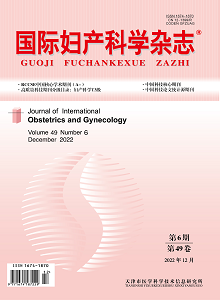Objective: To evaluate the clinical value of DNA probe in diagnosis of vaginitis. Methods: A total of 714 women of childbearing age with vaginitis symptoms in the Department of Obstetrics and Gynecology of Tianjin Medical University General Hospital were enrolled and diagnosed by vaginal microecological detection and DNA probe technology. To explore the clinical value of DNA probe in the diagnosis of bacterial vaginosis, vulvovaginal candidiasis and vaginal trichomoniasis by comparing vaginal microecological detection. Results: The sensitivity, specificity, Youden index, positive predictive value and negative predictive value of DNA probe in the diagnosis of bacterial vaginosis were 98.32%, 87.39%, 0.86, 60.93% and 99.61%, respectively. The Kappa value of consistency test was 0.69 (P<0.001). The sensitivity, specificity, Youden index, positive predictive value and negative predictive value of DNA probe in the diagnosis of vulvovaginal candidiasis were 92.80%, 97.39%, 0.90, 89.58% and 98.24%, respectively. The Kappa value of consistency test was 0.89 (P<0.001). The sensitivity, specificity, Youden index, positive predictive value and negative predictive value of DNA probe in the diagnosis of vaginal trichomoniasis were 100%, 99.86%, 0.99, 87.5% and 100%, respectively. The kappa value of consistency test was 0.93 (P<0.001). Conclusions: DNA probe technique is easy to operate and can detect three kinds of pathogenic microorganisms of vaginitis at one time, and has good consistency with vaginal microecological detection method. At the same time, it overcomes the limitation of traditional vaginal microecological detection method and has high clinical application value.

